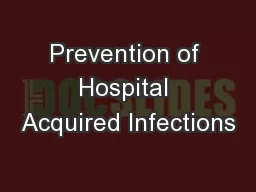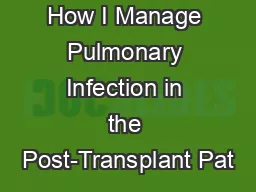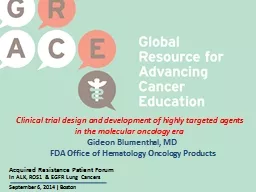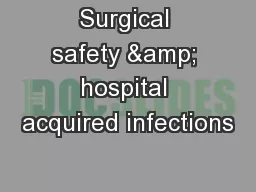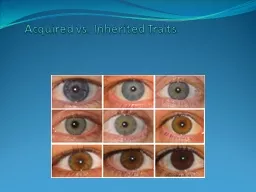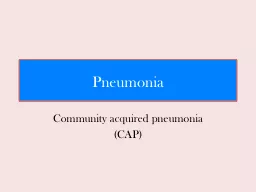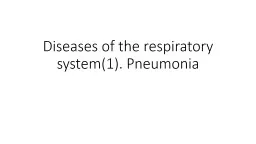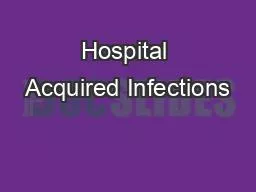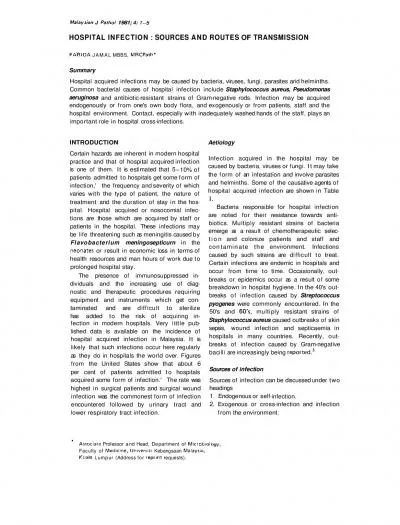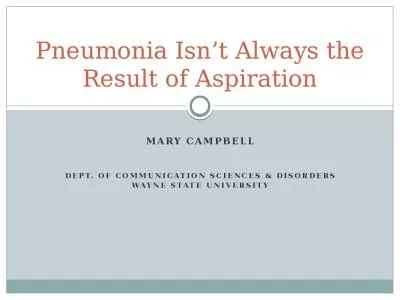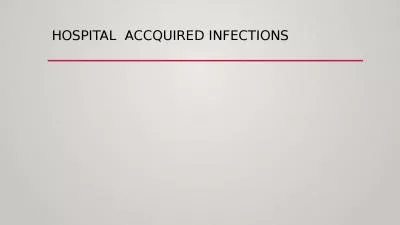PDF-VICNISS Hospital Acquired Infection Project Year 4 report
Author : ximena | Published Date : 2022-10-27
iii Contents Abbreviations 2Executive summary 3Developments over the last 12 months 5Results 11Type 1 data 12Type 2 data 28How do hospitals assess their performance
Presentation Embed Code
Download Presentation
Download Presentation The PPT/PDF document "VICNISS Hospital Acquired Infection Proj..." is the property of its rightful owner. Permission is granted to download and print the materials on this website for personal, non-commercial use only, and to display it on your personal computer provided you do not modify the materials and that you retain all copyright notices contained in the materials. By downloading content from our website, you accept the terms of this agreement.
VICNISS Hospital Acquired Infection Project Year 4 report: Transcript
Download Rules Of Document
"VICNISS Hospital Acquired Infection Project Year 4 report"The content belongs to its owner. You may download and print it for personal use, without modification, and keep all copyright notices. By downloading, you agree to these terms.
Related Documents


